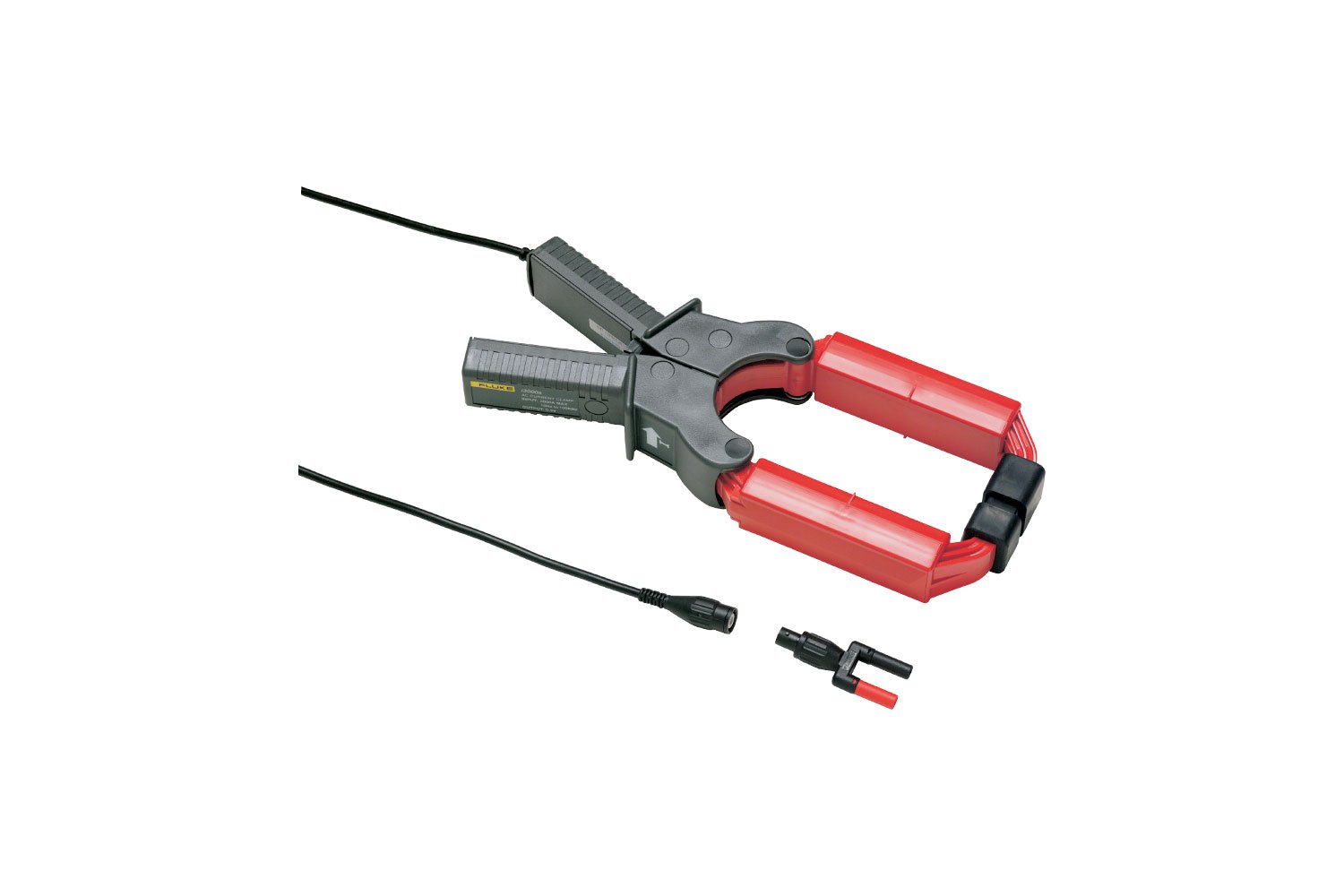Hi,
I have 8 brand new Battleborn batteries that I bought from the company in March. Never been used. I currently have 4 of them connected in series to create nominal 48V for my 5KW inverters. The batteries are connected to the inverter with 4/0 wire ( https://www.amazon.com/gp/product/B00LIB5W4Y/ref=ppx_yo_dt_b_search_asin_title?ie=UTF8&psc=1 ) and go thru a pair of DC breakers rated at 100amps and 175amps(for 2 sets of 4 in parallel which will be the final configuration - the other 4 also have their own 100amp breaker).
I *had* a pair of mpp-solar inverters that would not startup properly with these batteries but those inverters had other problems and I marked the issue down to that. However, I just received a 6KW Growatt inverter and it also does not start up with these batteries even though I measure 53V at the terminals of the inverter before turning things on. Putting a multimeter across the +ve and -ve and turning the inverter on the output of the batteries drops to about 20V or less and nothing happens.
If I connect the inverter to 4 lead acid batteries the inverter starts just fine with no issue. Once it has started if I switch over to the battleborns the inverter is perfectly happy and indicates that it is charging them from the PV input and a battery charging voltage of about 53V. After a couple hours if I shut everything down and and wait a few minutes and try to start with the battleborns nothing happens. I have to get going by switching over to the lead acids.
It's as though the batteries have some sort of current limit and drop their output voltage when the inverter is turned on. I know the inverters have large capacitors in them but it is impractical to bootstrap the system every time with lead acid batteries.
Does anyone know what is going on here? For the amount of $$$$ i put into these batteries I was not expecting this kind of behavior.
Thanks,
Vince
I have 8 brand new Battleborn batteries that I bought from the company in March. Never been used. I currently have 4 of them connected in series to create nominal 48V for my 5KW inverters. The batteries are connected to the inverter with 4/0 wire ( https://www.amazon.com/gp/product/B00LIB5W4Y/ref=ppx_yo_dt_b_search_asin_title?ie=UTF8&psc=1 ) and go thru a pair of DC breakers rated at 100amps and 175amps(for 2 sets of 4 in parallel which will be the final configuration - the other 4 also have their own 100amp breaker).
I *had* a pair of mpp-solar inverters that would not startup properly with these batteries but those inverters had other problems and I marked the issue down to that. However, I just received a 6KW Growatt inverter and it also does not start up with these batteries even though I measure 53V at the terminals of the inverter before turning things on. Putting a multimeter across the +ve and -ve and turning the inverter on the output of the batteries drops to about 20V or less and nothing happens.
If I connect the inverter to 4 lead acid batteries the inverter starts just fine with no issue. Once it has started if I switch over to the battleborns the inverter is perfectly happy and indicates that it is charging them from the PV input and a battery charging voltage of about 53V. After a couple hours if I shut everything down and and wait a few minutes and try to start with the battleborns nothing happens. I have to get going by switching over to the lead acids.
It's as though the batteries have some sort of current limit and drop their output voltage when the inverter is turned on. I know the inverters have large capacitors in them but it is impractical to bootstrap the system every time with lead acid batteries.
Does anyone know what is going on here? For the amount of $$$$ i put into these batteries I was not expecting this kind of behavior.
Thanks,
Vince






